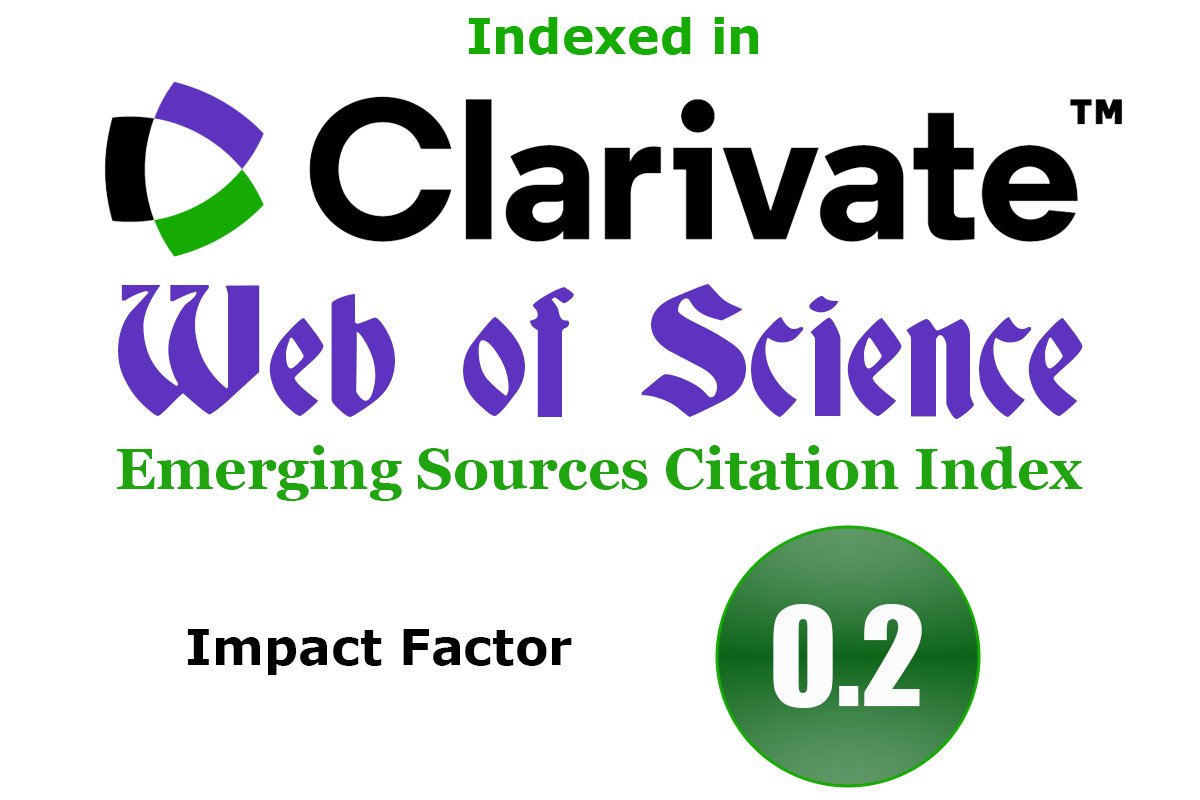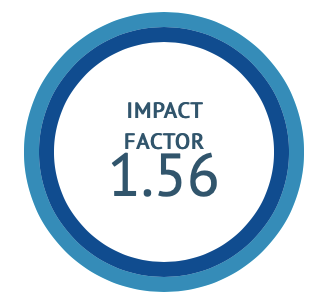A randomised control clinical trial to evaluate the efficacy of Yashadamrita malahara in Shuddhavrana
DOI:
https://doi.org/10.47552/ijam.v16i3.6072Keywords:
Shuddha Vrana, Yashadamrita Malahara, Jatyadi taila, Wound, VranaropanaAbstract
Introduction: Every day many wound patients reach to the various hospitals and surgery is branch where wound is inevitable. Wound Healing is most important process for which the medical sciences are advancing from ancient time till today to provide the quality of the medicine and procedure which heals the wound fast without any complication. Acharya Sushruta described treatment of wound in detail and explained 60 upakramas which aid healing at various stages of wound. Many Acharyas have used khanija (minerals) and aushada (plant sources) for wound healing. In Rasa Tarangini one such medication explained is Yashadamrita Malahara (ointment) in shuddha vrana (non-contaminated wounds). Methods: A Randomized clinical, comparative study was undertaken. The samples were of age between 20 – 70 years, irrespective of gender, religion, occupation etc.fulfilling the inclusion criteria were selected. Total 30 patients randomly divided into two equal and identical clusters consisting of 15 patients each. The patients of Group A were dressed using Yashadamrita Malahara and patients of Group B were dressed with Jatyadi taila for 14 days. Assessment was done on the basis of shuddha vrana lakshana (Bates Jensen wound assessment tool). Results: The reduction in total score for Group A (mean = 9.60, S.D.= 1.55) and that in Group B (mean =8.67, S.D. =1.45) were not significantly different (P-value = 0.099) at 5% level of significance as observed by unpaired t test. Conclusion: Yashadamrita malahara shows equipotent effect with known standard drug in reducing sadhyavrana.
Downloads
Published
How to Cite
Issue
Section
License
Copyright (c) 2025 International Journal of Ayurvedic Medicine

This work is licensed under a Creative Commons Attribution-NonCommercial-ShareAlike 4.0 International License.
The author hereby transfers, assigns, or conveys all copyright ownership to the International Journal of Ayurvedic Medicine (IJAM). By this transfer, the article becomes the property of the IJAM and may not be published elsewhere without written permission from the IJAM.
This transfer of copyright also implies transfer of rights for printed, electronic, microfilm, and facsimile publication. No royalty or other monetary compensation will be received for transferring the copyright of the article to the IJAM.
The IJAM, in turn, grants each author the right to republish the article in any book for which he or she is the author or editor, without paying royalties to the IJAM, subject to the express conditions that (a) the author notify IJAM in advance in writing of this republication and (b) a credit line attributes the original publication to IJAM.




